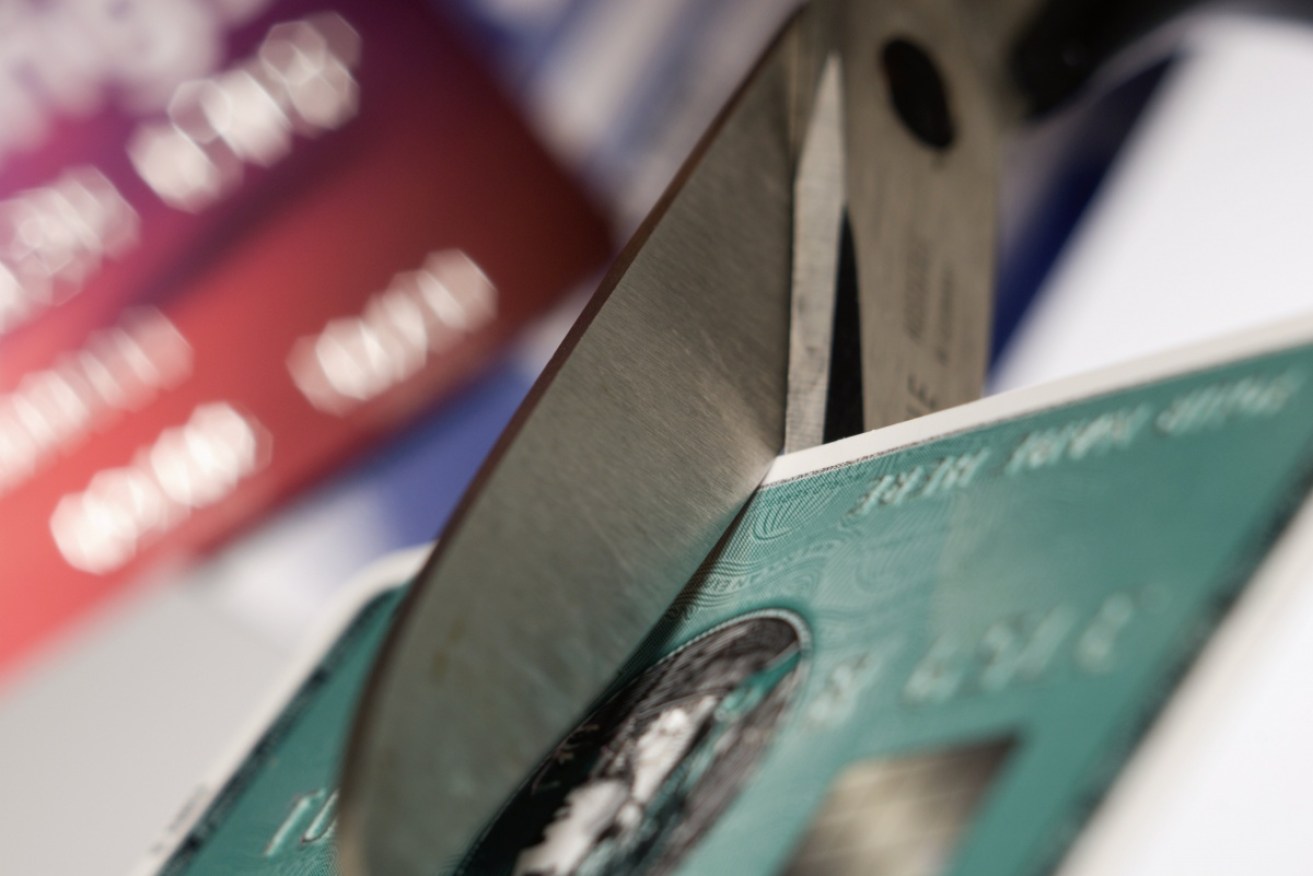Reducing foreign debt: Slashing Australia’s international credit card


Australia's international credit card has surpassed $1 trillion as borrowing by governments increases. Photo Getty
Australia’s international credit card has rocketed past $1 trillion as borrowing by governments and the private sector increases.
Yet the nation’s foreign debt would be even higher if it wasn’t for one key savings measure. And it’s thanks to thousands of working Aussies.
Industry super funds have helped lower net foreign indebtedness across the nation’s economy by accumulating additional savings. This equates to around $77 million each year in interest savings, an Industry Super Australia report has found.
Put simply, the pool of savings created by Australia’s compulsory superannuation scheme is embedded in the nation’s economy and reassures foreign financial institutions loans given to Aussie governments and corporates will be repaid. What’s more, industry super funds have outperformed retail super funds to the tune of $51 billion in the past 19 years.
Each dollar in super savings adds 50 cents to national savings or $26 billion over the same period, Industry Super Australia research shows.
The end result is less risk and reduced borrowing costs for Australian governments and companies accessing global credit markets.
Not only does a bigger pool of national savings take the edge off foreign debt, it also reduces national reliance on external credit markets, says Stephen Anthony, chief economist at Industry Super Australia.
“The fact that these funds outperform means there are more dollars set aside in super, which means national savings is greater than it otherwise would be,” he explains.
“What that means is there’s this big pool of assets accumulating and these are Australian domestically held assets.
“So by definition there are more assets in Australian hands than there otherwise would be and that means our net external foreign liabilities are lower, so our foreign debt is reduced.”
Australia’s net foreign debt fell by 2 per cent or $25.6 billion to a net liability of $1.0231 trillion in the three months to December last year, Australian Bureau of Statistics figures reveal.
About 25 per cent of Australia’s foreign debt is owed by the federal, state and territory governments and government-owned enterprises. The private sector, namely banks, is responsible for the remaining three-quarters.
As a share of Australia gross domestic product, government debt is around 17 per cent, which is much lower post-GFC and relatively low when compared with other countries.
But economists and policymakers keep a wary eye on Australia’s foreign debt because of the importance of Australia’s AAA credit rating. Last October, ratings agency Standard & Poor’s warned the federal government it may risk losing its rating if it didn’t rein in foreign debt and meet financial targets.
This content was brought to you by Industry Super Australia. For more information, click the logo below:
